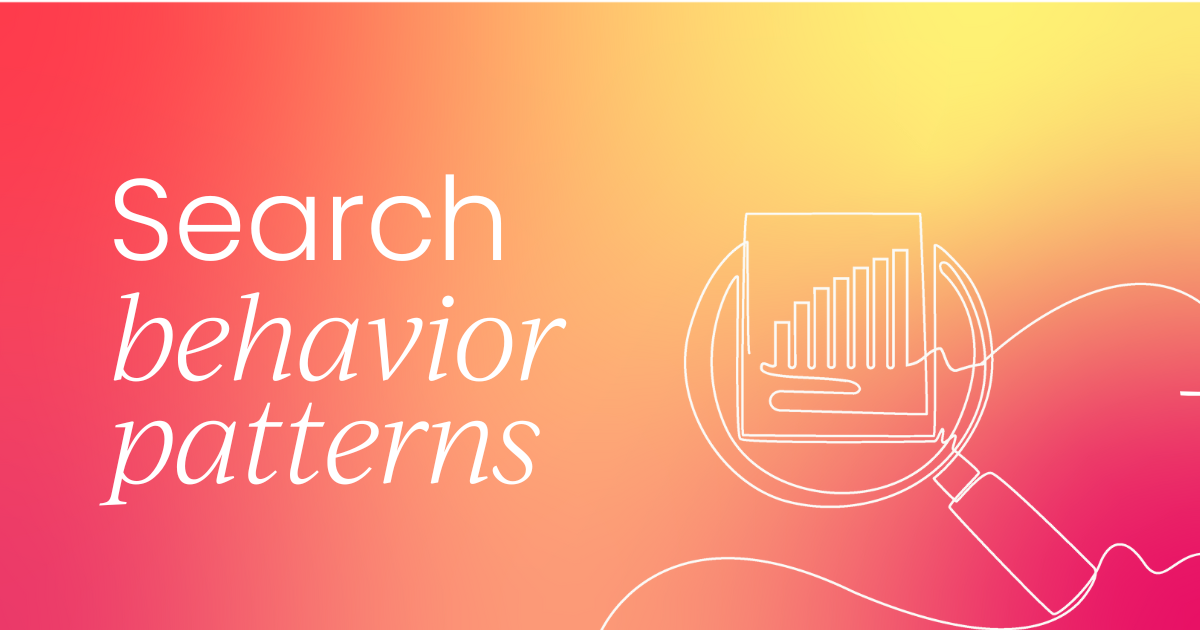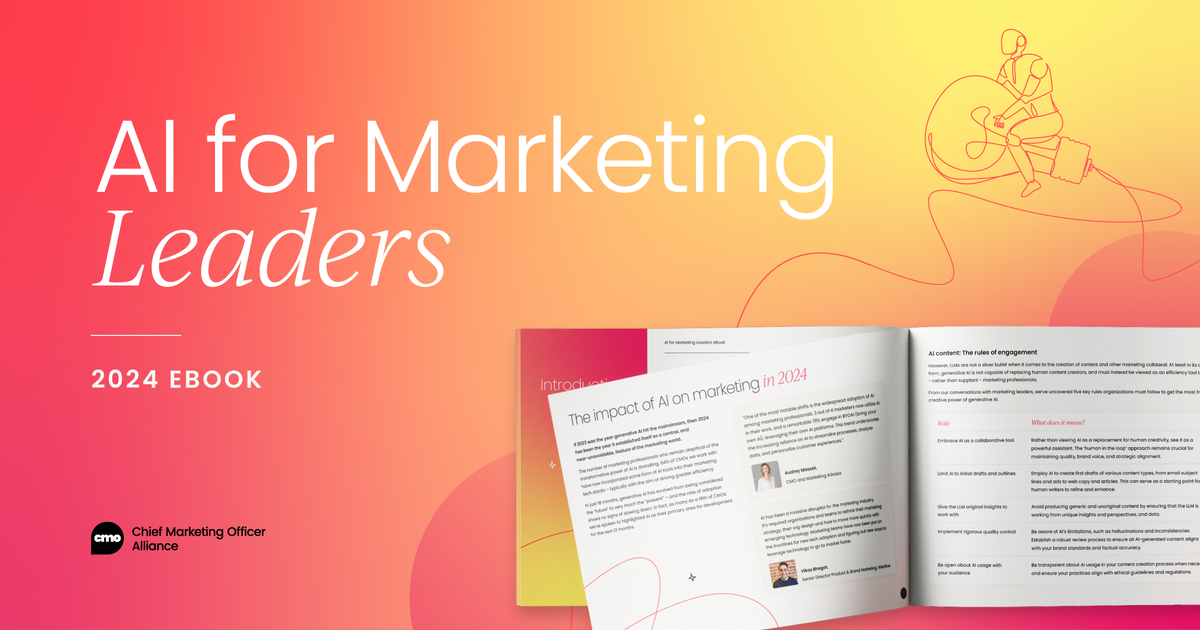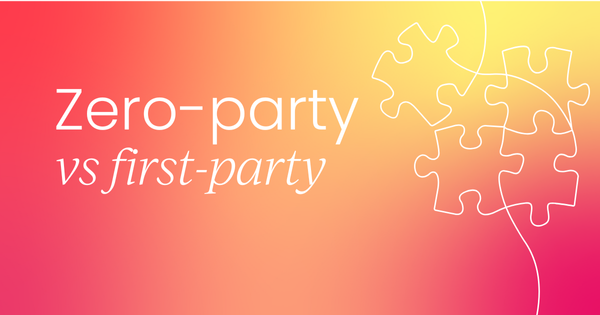Third-party cookies may not have ended yet, but not everyone is using them. According to Adobe research, 51% of marketers don’t depend on them.
So, how can you get all the information you need with zero- and first-party data?
What is zero-party data?
Zero-party data is information that a customer intentionally and proactively shares with you.
Unlike other types of data, it is explicitly provided by the user rather than inferred through behavior or collected indirectly.
For example:
- Survey responses
- Quizzes and assessments
- Social media polls
- Rating buttons
- Feedback forms
How does zero-party data benefit you?
Better personalization and customer experience
Zero-party data is self-reported by your customers – and it’s highly accurate considering it’s directly provided by them, so you don’t have to engage in guesswork.
On top of this, zero-party data also allows you to tailor content, recommendations, and experiences based on your customers’ input – this can help you improve engagement.
For example, Netflix uses self-reported genre preferences to personalize content recommendations.
Another example is Typology, a French skincare brand that allows customers to provide information about the issue they’re trying to solve, after which they provide the products they believe will match people’s needs the best.
They also collect information by providing a diagnostic test that customers can take to find out their skin type (something that also allows Typology to provide personalized product recommendations).
Regulations-compliant
Because zero-party data reduces reliance on third-party cookies (and it’s willingly shared by customers), they comply with GDPR (General Data Protection Regulation) and CCPA (California Consumer Privacy Act), as well as other privacy regulations.
Brands that are transparent about data collection build trust and long-term loyalty much more easily than others who don’t.
Lower customer acquisition costs (CAC)
With more precise targeting, gained from insights provided directly by customers, you can spend less on ads that aren’t working so well, and more on high-intent leads.
This allows you to save money, since you’re focusing on the people who have already expressed an interest in your products or services.
For example, stroller company Mockingbird asks customers when their baby is due when they sign-up to their email, which allows them to send timely, relevant emails that match the customer’s state in their parenting journey – besides lower CAC, this also leads to higher engagement and conversion rates.
More meaningful customer relationships
Because you can gather your customers’ preferences, you can better craft engaging experiences instead of trying to guess what people are looking for.
Your customers will feel heard and valued, which can lead to higher retention levels and brand advocacy.
For instance, Starbucks Rewards allows members to get custom offers based on their favorite drinks, which increases repeat visits.
Zero-party data also benefits customers, since they get:
- More relevant offers and recommendations.
- Greater control over their data
- A smoother shopping experience
Zero-party data strategy
A well-planned strategy can help you to collect voluntary, high-quality data while delivering personalized experiences and building trust. Here are a few steps you can follow:
1. Define your data goals
Before collecting data, determine the insights you actually need (e.g., preferences, product interests), how you’ll use the data (e.g., personalized emails), and the value customers will get in return (e.g., exclusive offers).
2. Create engaging data collection points
It’s important you encourage your customers to willingly share their preferences – you can do that using interactive and engaging experiences, such as:
- Quizzes, which allows you to gather insights, keep it fun and visual, and incentivize with rewards.
- Loyalty programs, which offer tailored perks in exchange for user preferences, tiered rewards to encourage more data sharing, etc.
- Account profiles, which allow people to customize their experiences and update their preferences whenever they want.
3. Activate and use the data
Once you have the data, use it to effectively improve your customer experience.
This means creating personalized shopping and recommendations, sending hyper-personalized emails and SMS, creating smarter ads that target the right segments, and so much more.
4. Prioritize transparency
Make sure people know why you’re collecting their data and how they’ll benefit. You can also offer easy opt-ins and outs, so that your customers have more control over preferences.
5. Optimize and test
Because nothing ever stays the same, make sure to analyze engagement rates, conversions, and customer satisfaction, as well as A/B test different data collection methods to find out what works best.
What is first-party data?
First-party data is collected directly by you from user interactions with your website, app, or other owned properties.
Unlike zero-party data, customers do not explicitly provide it – instead, it is inferred from their behavior.
For example:
- Website analytics
- Purchase history
- Email engagement rates
- Customer service interactions
- Loyalty program participation
This type of data is collected passively (by being tracked), since people don’t explicitly provide it. It’s also great to predict future actions based on past behaviors.
There are many ways to use first-party sources, including showing ads to people who visited but didn’t convert, sending abandoned cart reminders, and showing different website experiences based on user behavior.

How does first-party data benefit you?
Higher accuracy and reliability
First-party data is a goldmine for marketers and businesses because it's a very reliable, accurate, and valuable type of data you can collect. You’re not relying on external sources that may be outdated or inaccurate.
Better personalization
Since you’re collecting data from actual interactions (e.g., website visits, emails, purchases), you can better create hyper-personalized experiences that improve your audience’s engagement and conversions.
Increased trust
As with zero-party data and privacy laws tightening (GDPR, CCPA), first-party data is a safer bet than third-party. Customers are more likely to trust you if they know how their data is being used.
Stronger retargeting
Use first-party data to build more effective retargeting campaigns, loyalty programs, and nurture sequences that keep customers engaged.
Better ROI
Because first-party data is more accurate and relevant, it can help you to optimize your campaigns and reduce the amount of money you spend on ads (as it increases the efficiency of your efforts).
Competitive advantage
By leveraging first-party data, you can create better customer experiences. This will lead to stronger brand loyalty, as well as having a leg up on competitors that still rely on third-party.
First-party data strategy
This is similar to the zero-party data strategy above. Here are some steps to help you implement one:
1. Define your objectives
Before collecting data, think about why you need it. For instance, you might want to create personalized marketing campaigns, improve customer segmentation, or increase retention and loyalty.
Also ensure that your goals are aligned with business objectives (e.g., increasing customer lifetime value or reducing churn).
2. Identify your sources
First-party data comes from owned channels, including:
- Website interactions (page visits, time on site, sign-ups)
- Mobile apps (features used, in-app behavior)
- CRM (customer relationship management) systems (e.g., customer history and profiles)
- Email campaigns (open rates, clickthrough rates)
- Social media (likes, shares, comments, inquiries)
- Transactional data (products purchased, frequency, value, renewal rates, etc.)
- Events and webinars (e.g., sign-ups vs attendees)
3. Ensure compliance
Customers must trust you with their data. Follow privacy regulations and industry best practices, such as obtaining explicit consent via opt-ins, using clear privacy policies explaining how data is used, offering easy opt-out options, and ensuring secure storage of data.
4. Organize and store data effectively
Having a centralized data system ensures smooth access and analysis. Use things like customer data platforms (which combine data from multiple sources) and CRMs that track customer interactions and preferences.
Clean and structure data properly to avoid duplicates or inconsistencies.
5. Use the data in your campaigns
Leverage your first-party data to improve customer experiences, including:
- Segmentation and targeting by grouping customers based on behavior and preferences.
- Personalized campaigns using past interactions to tailor emails, ads, and content.
- Predictive analytics that forecast future customer actions and needs.
- Retargeting and cross-selling to recommend relevant products/services.
6. Measure performance and optimize
Just like with zero-party data, you want to keep tracking key performance indicators like customer engagement rates, conversion rates, churn, and ROI, so make sure to A/B test when possible and refine your strategy.
Zero-party data vs. first-party data: Which is more valuable?
Both zero-party data and first-party data are essential for a strong marketing strategy. While zero-party sources are best for understanding what customers say they want, first-party helps track what they actually do.
For example, a customer might tell Netflix (zero-party data) that they love documentaries, but their watch history (first-party data) shows they primarily watch action films.
A strong strategy combines both types to get the most complete customer view.
In short
It shouldn’t be zero-party data vs first-party data, as they’re not competitors – rather, they complement each other.
As privacy regulations tighten and third-party cookies disappear, you must prioritize these data sources to have a competitive advantage when it comes to building stronger customer relationships, delivering hyper-personalized experiences, and maintaining trust.
Download your free copy of our AI for Marketing Leaders eBook for a comprehensive guide packed with insights from top CMOs and industry experts who are pioneering AI adoption in the marketing world.




 Follow us on LinkedIn
Follow us on LinkedIn





